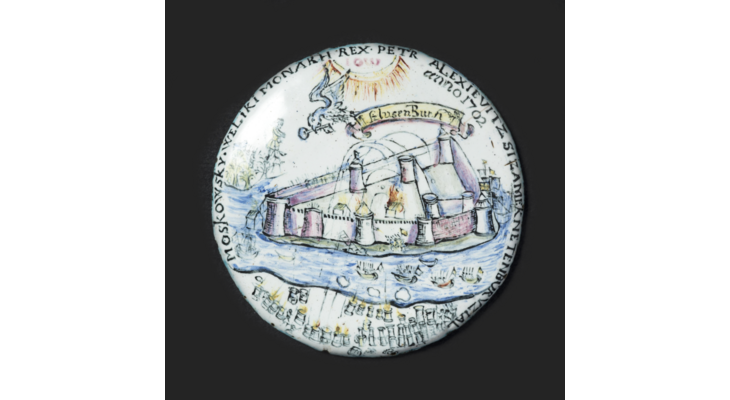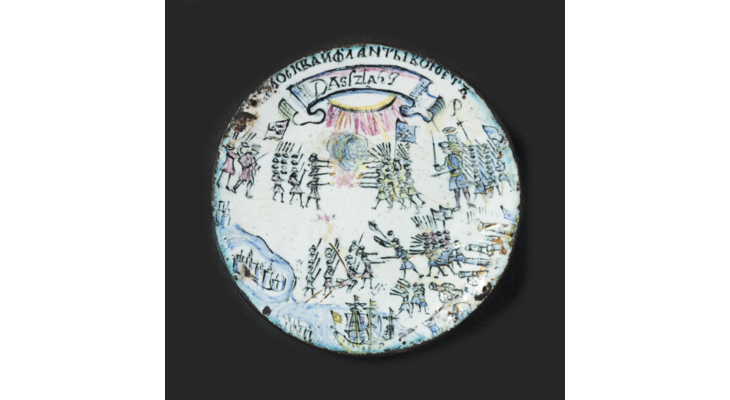On October 22 (October 11), 1702, Russian troops captured the Swedish fortress Noteburg. Fortress Oreshek was founded by Prince Yuri Danilovich on Nut Island back in 1323. It served as a stronghold on the border with Sweden, with which Novgorod had been in conflict for about two centuries. Oreshek withstood many sieges, but in May 1612, after a nine-month siege, it was taken by the Swedes. Out of 1,300 defenders, fewer than a hundred remained. Starving, they did not surrender to the enemy. The Swedes renamed Oreshek to Noteburg — "Nut City."
The idea to reclaim the fortress for Russia came to Peter I when the Swedish king Charles XII, who had defeated the Russian army at the Battle of Narva, turned his attention to other opponents. The preparation for the siege was carried out in great secrecy and was initially planned for the winter of 1702, when attacking over the ice would be easier.
However, due to the lack of preparation and a thaw, Peter postponed the siege to autumn. The tsar understood that a failed attempt would prompt the Swedes to strengthen the garrison at Noteburg. In the spring and summer, Russian siege artillery was concentrated in Novgorod, while the army attacked Swedish forces that could have come to the fortress's aid.
Enemy ships were constantly attacked, forcing them to retreat to Vyborg, clearing the way to Noteburg. By early October 1702, everything was ready for the siege of the historically Russian fortress, which had been under Swedish control for 90 years.
The siege of Noteburg began on October 7 (September 26), 1702, under the personal leadership of the tsar. A few days later, siege artillery began bombarding the fortress walls and inner structures, causing a fire inside. However, no major breach could be made. On October 22 (October 11), the siege artillery ran out of ammunition, and there was a risk that Swedish reinforcements would arrive. Peter I then gave the order to storm Noteburg. The assault lasted 13 hours and was tough for the Russian troops, as the Swedes repelled one attack after another.
The turning point came when a detachment led by Alexander Menshikov arrived to assist the attackers, surprising the enemy and forcing them to scatter their forces. Before nightfall, the Russians had entered Noteburg, and soon the fortress announced its surrender.
After the capitulation, Peter I allowed the remaining defenders to leave with their banners. Noteburg was renamed Shlisselburg — the "key city" — the key to controlling the mouth of the Neva River.










